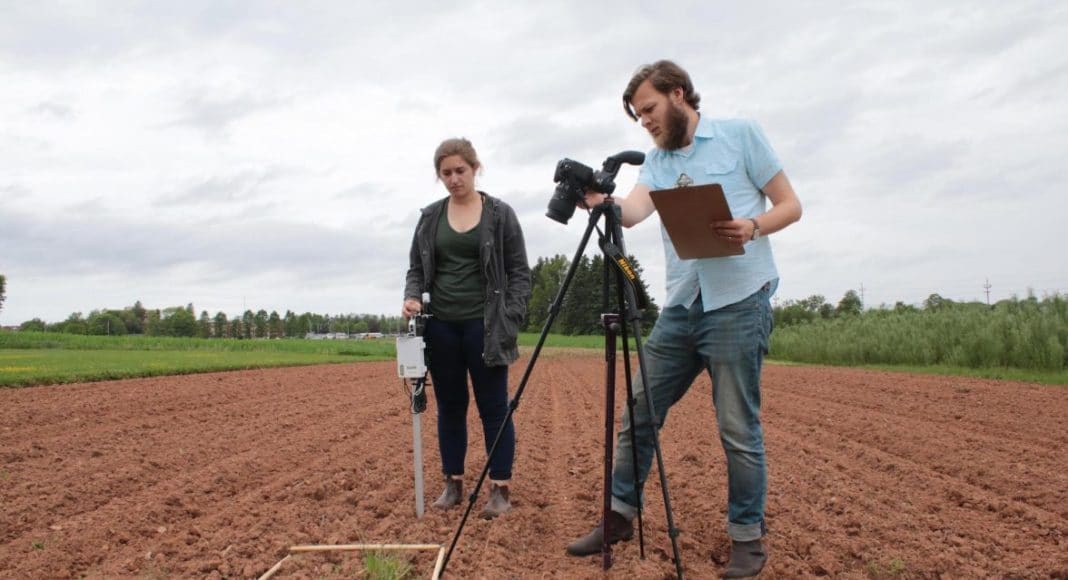Some new high tech tools will soon give farmers a way to keep weeds down, cut costs and herbicide use dramatically and work around weed resistance to herbicides.
In collaboration with a University of Prince Edward Island (UPEI) engineer, Agriculture and Agri-Food Canada (AAFC) weed specialist Andrew McKenzie-Gopsill is turning to sensors, cameras and computer algorithms to detect the exact location of weeds in a field.
The digital technology will create a database of images to identify weeds, essentially pinpointing only the areas where herbicide is required.
The technique could cut down herbicide use to a fraction of what it is now and could significantly reduce operating costs for growers.
Some hurdles remain to smooth out the sensor imaging, but the goal is to create field data that can be fed into software that farmers can purchase for use on their sprayers.
Initial equipment costs of around $20,000 could be recouped over a couple of years with the savings from reduced herbicide purchases.
Much like antibiotic resistance in human medicine, the number of weeds that are resistant to commonly used herbicides is on the increase.
Herbicides that were once worked well now offer limited control and the overuse of herbicides is a major factor in weed resistance to sprays.
McKenzie-Gopsill is now doing experiments to find out how resistant various commons weeds on P.E.I. are to herbicides.
His research shows there is weed resistance to metribuzin, the active ingredient in the number one herbicide used by potato growers.
Weeds collected from tests at AAFC Harrington Research Farm tolerated very high rates of metribuzin. Some fields where metribuzin was applied showed no weed control. This research has the potential to address this challenge while helping growers to continue to provide Canadians with healthy, high-quality food.











